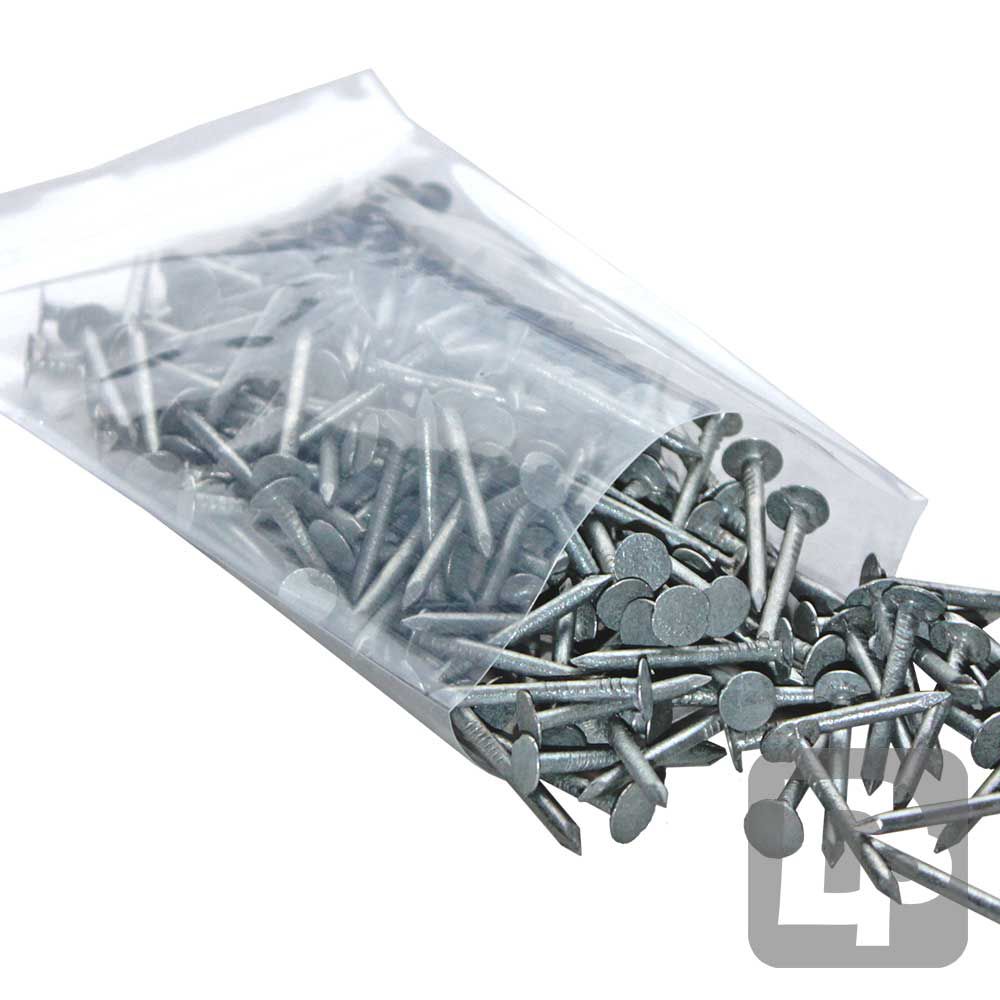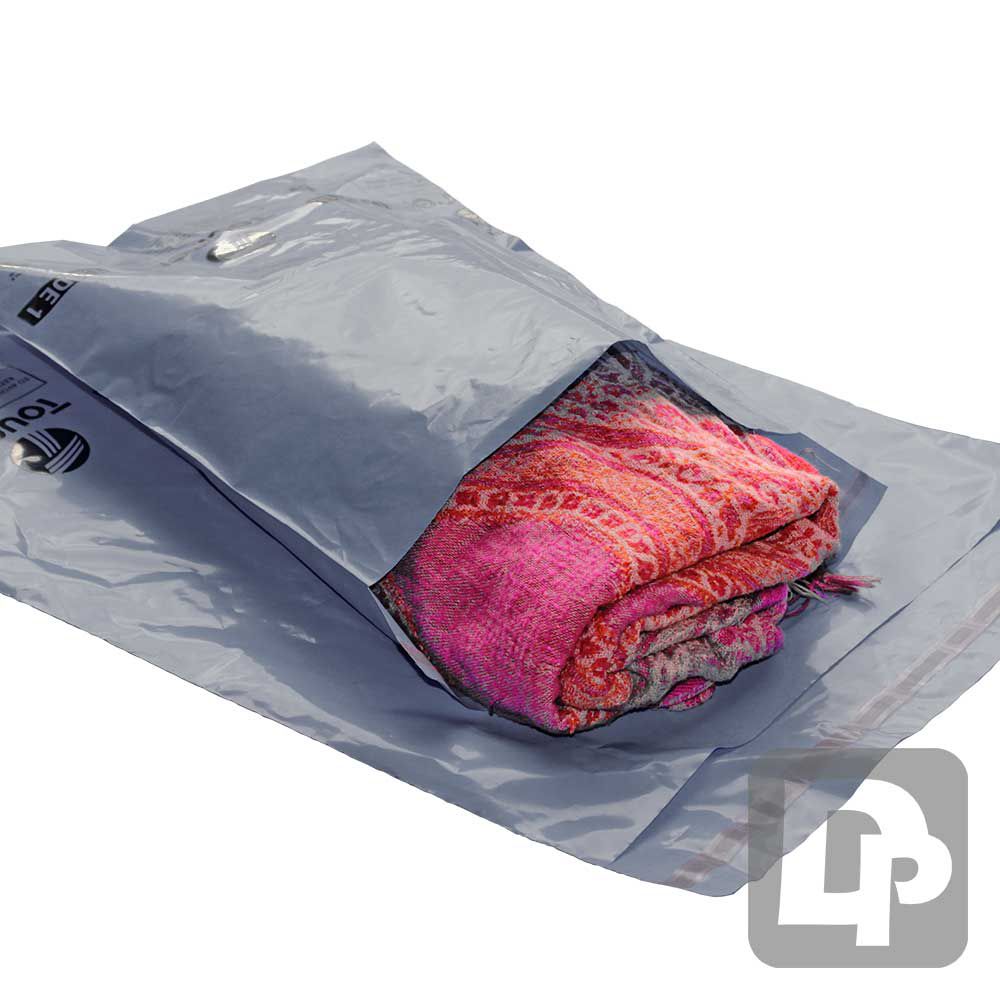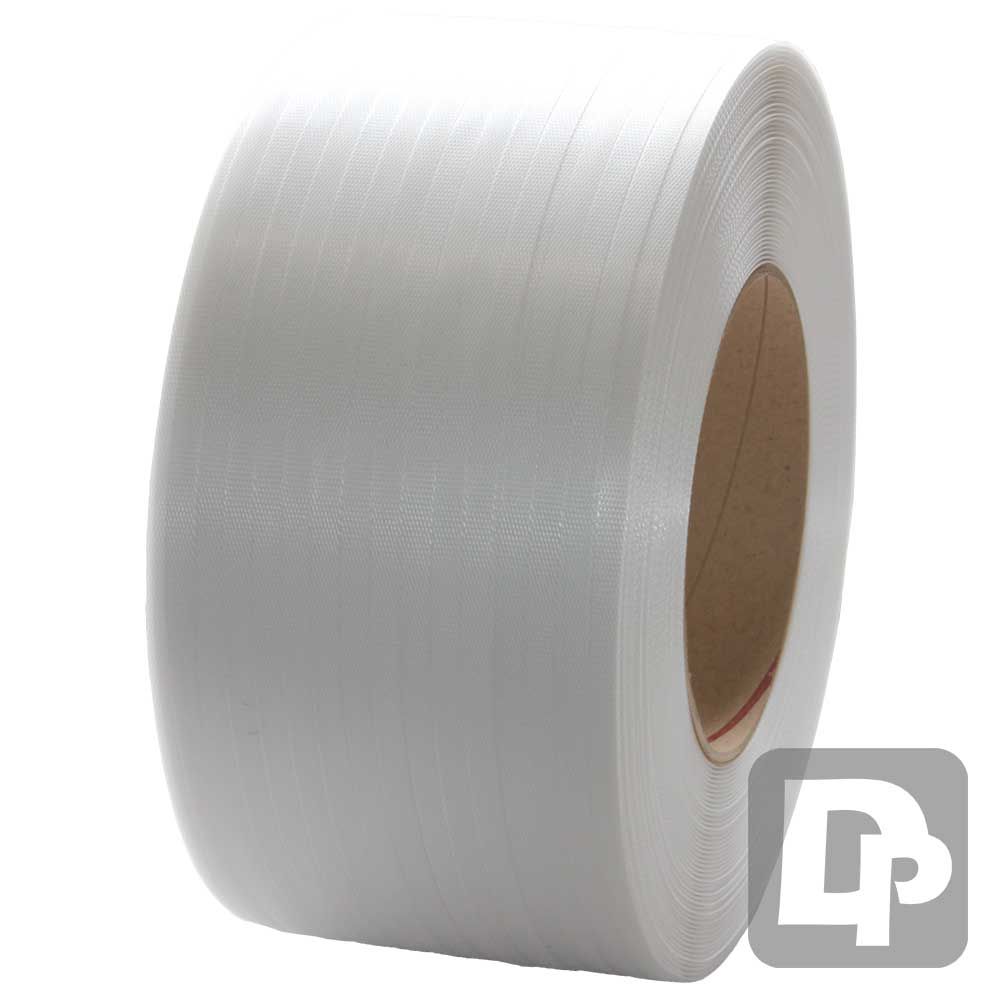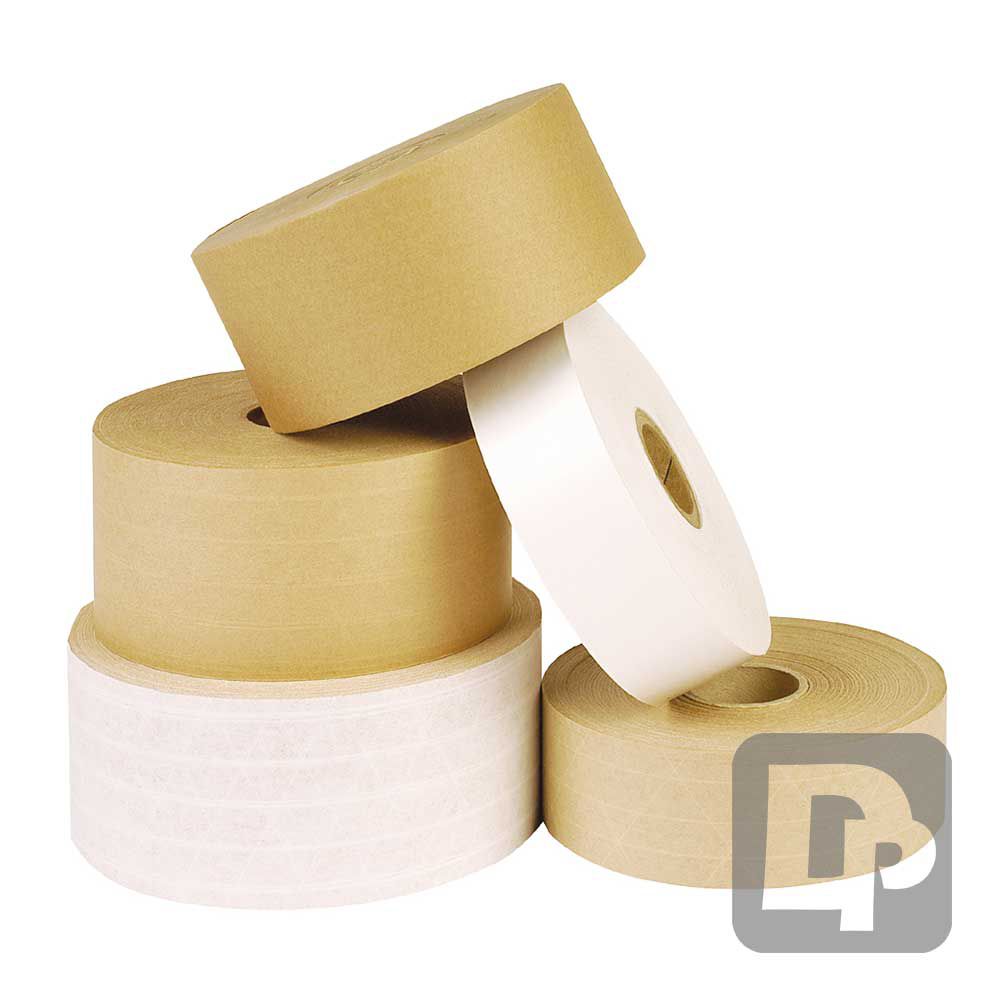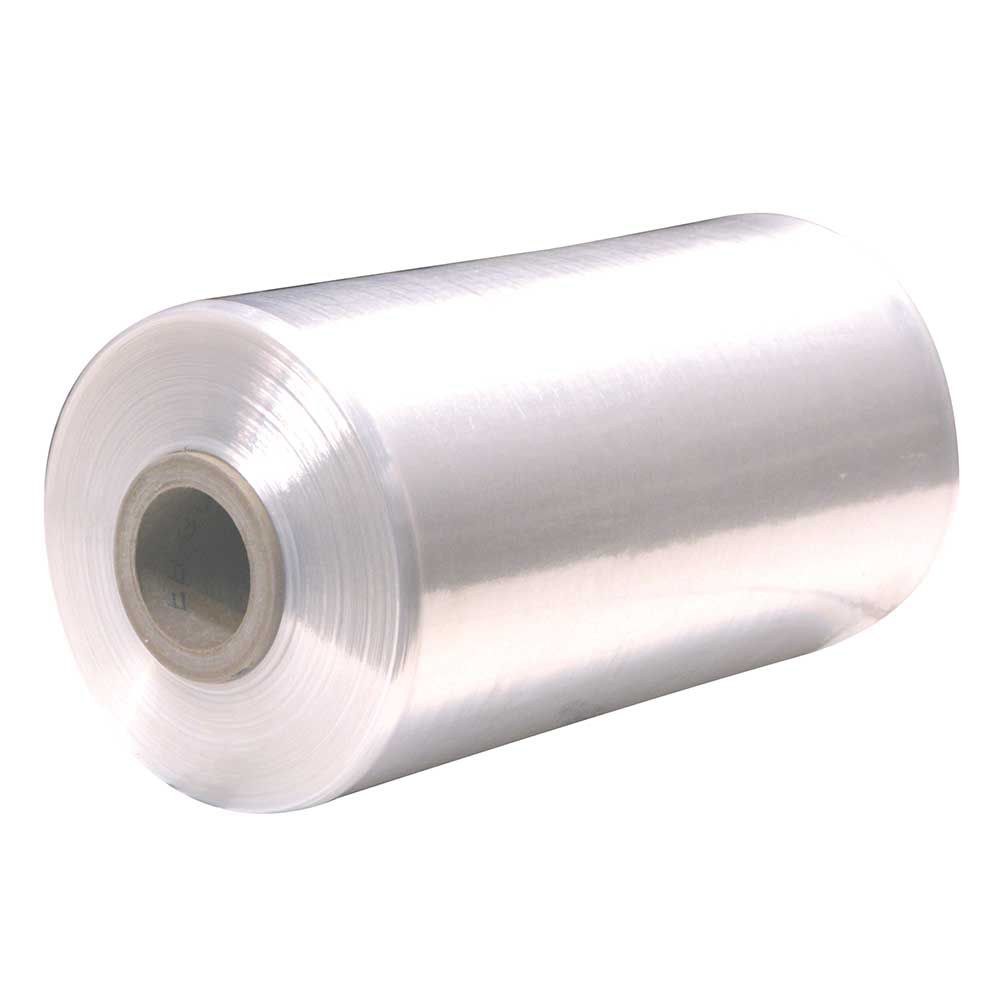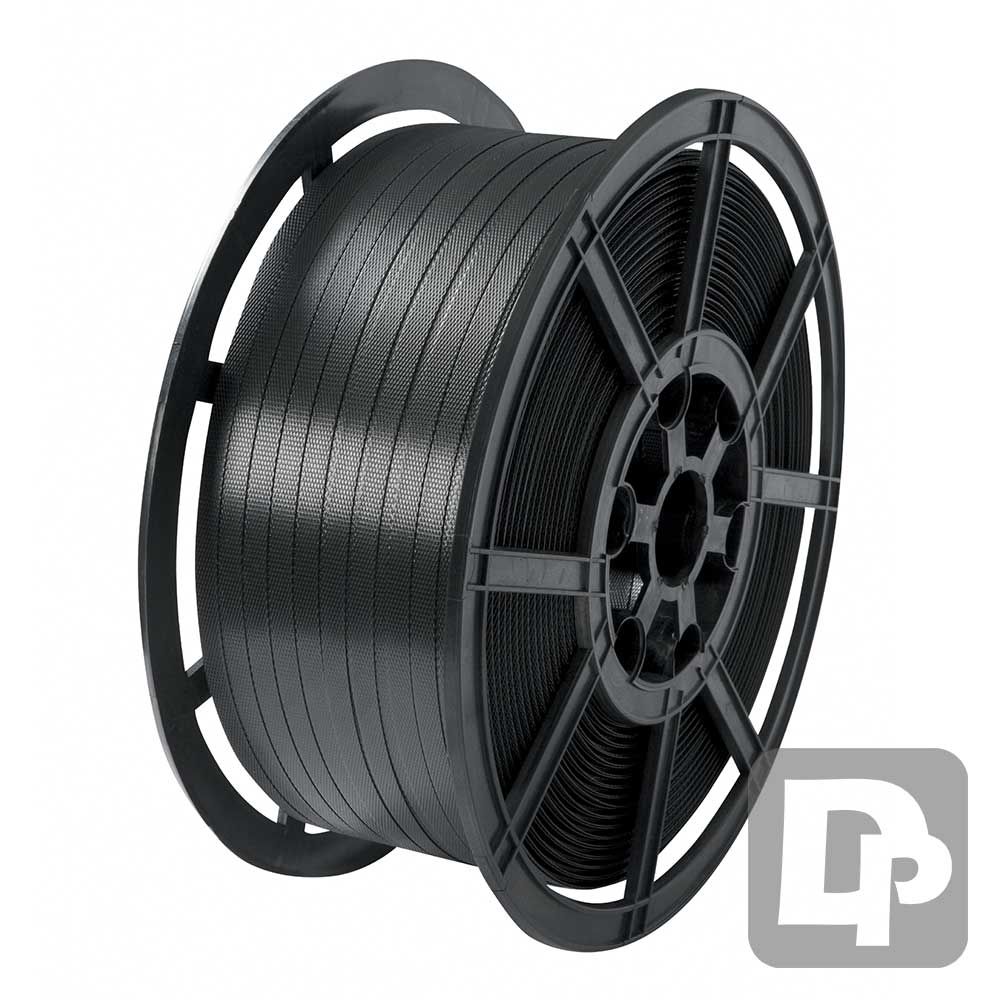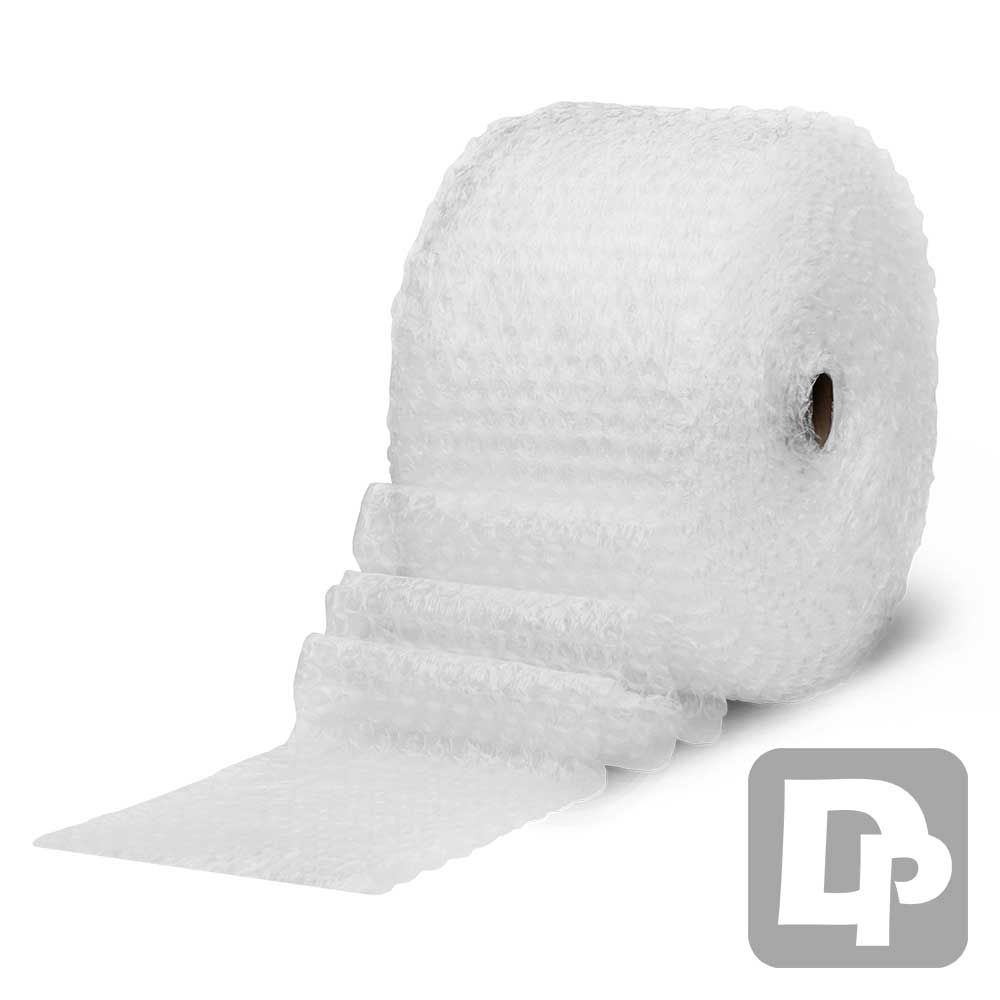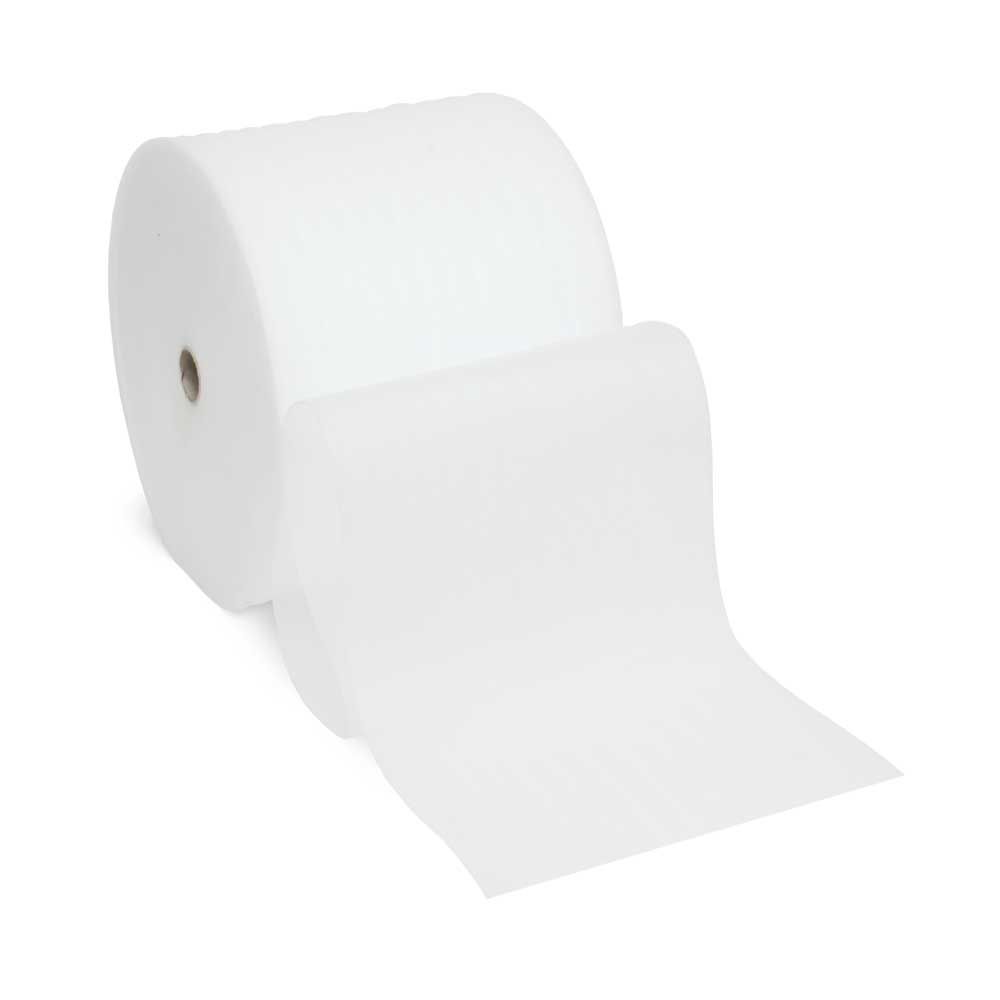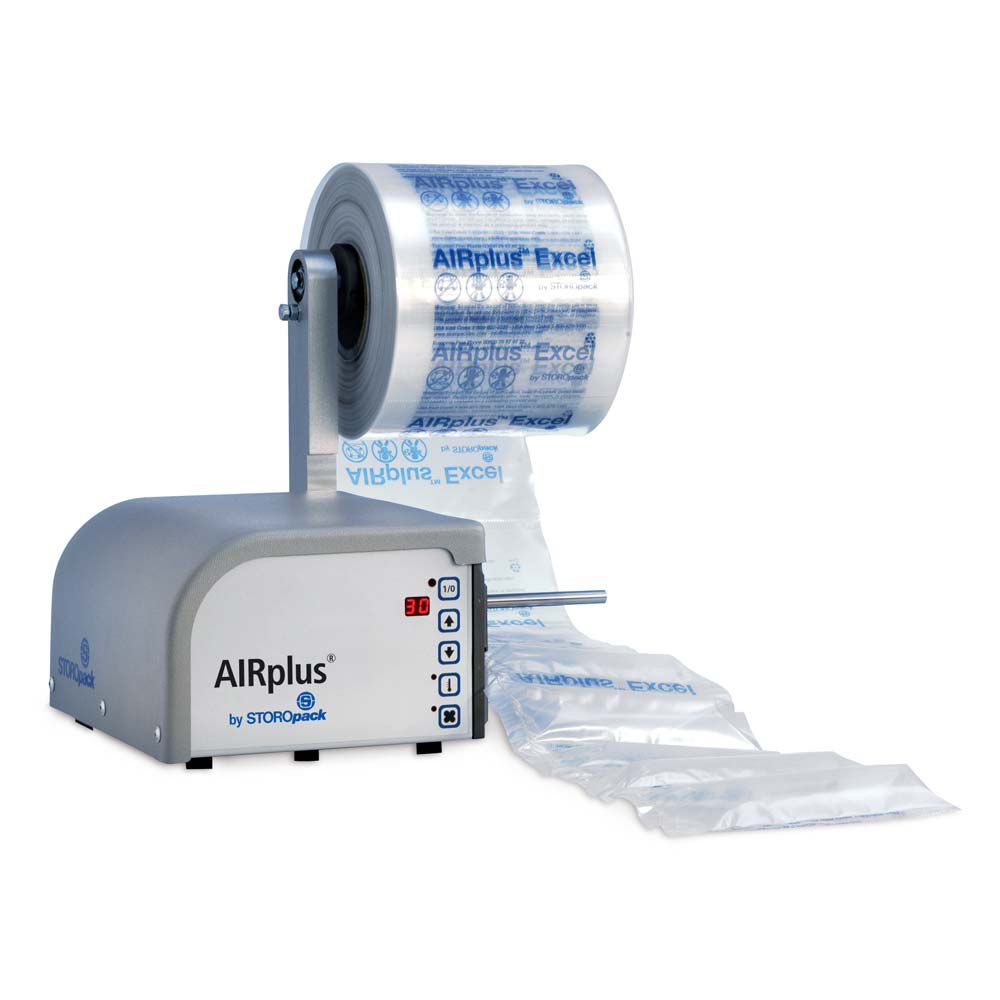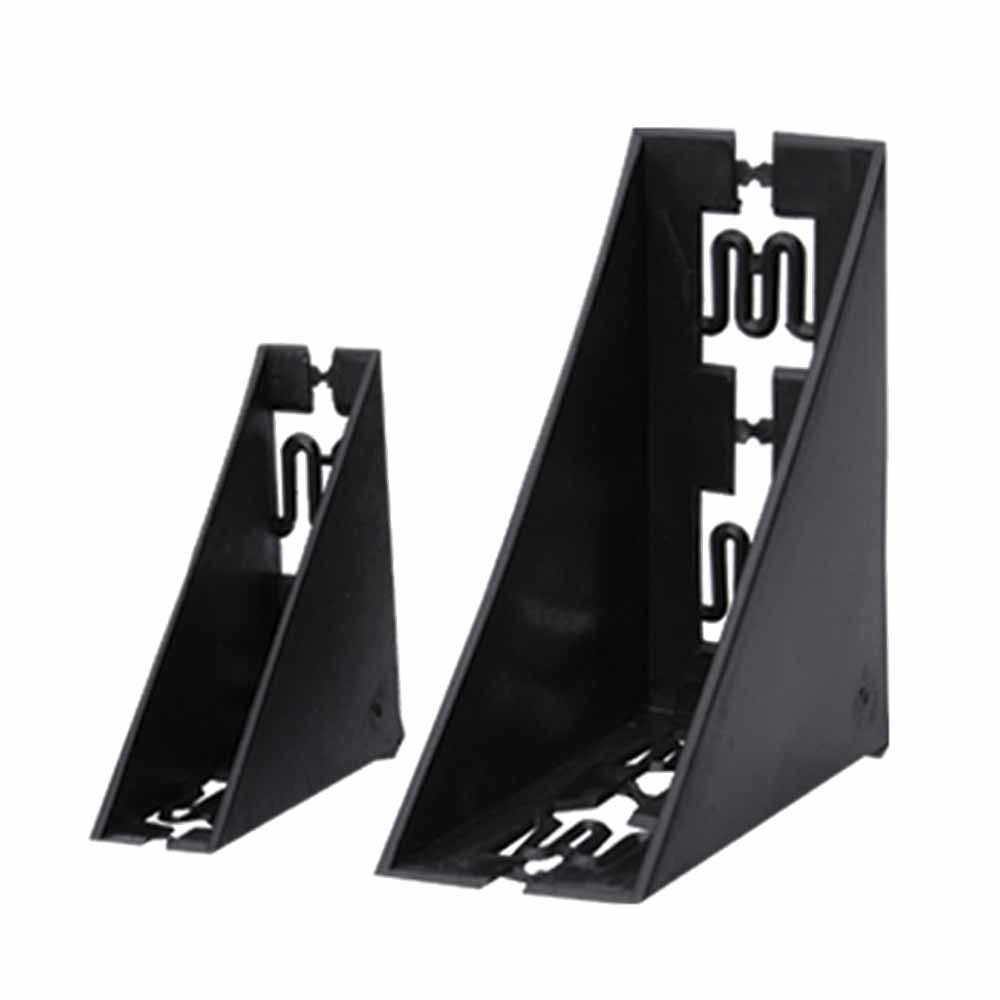Recycled Plastic Packaging
To help you reduce your single use plastic packaging costs and avoid paying the plastic tax, we are increasing our range of packaging with over 30% recycled plastic content. Plastic packaging with over 30% recycled content is free from the plastic tax and can therefore be substantially cheaper.
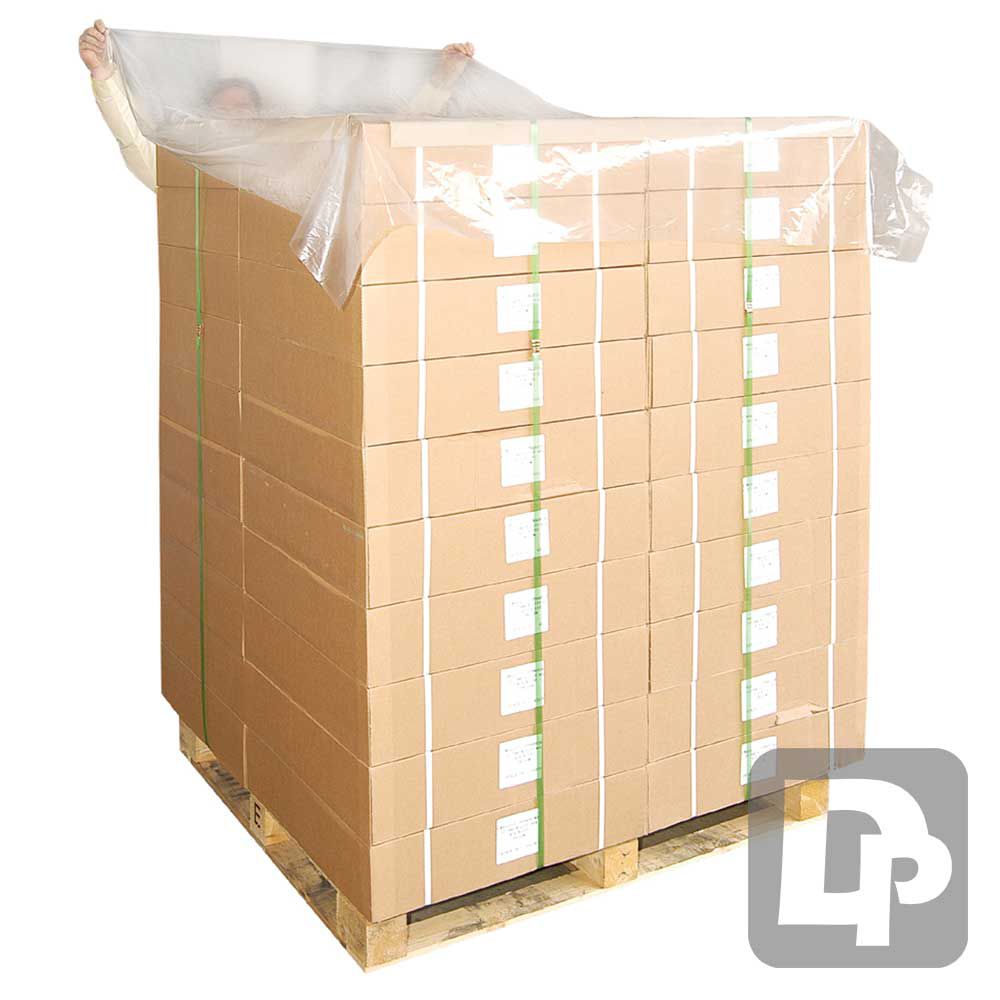
Recycled Pallet Top Sheets
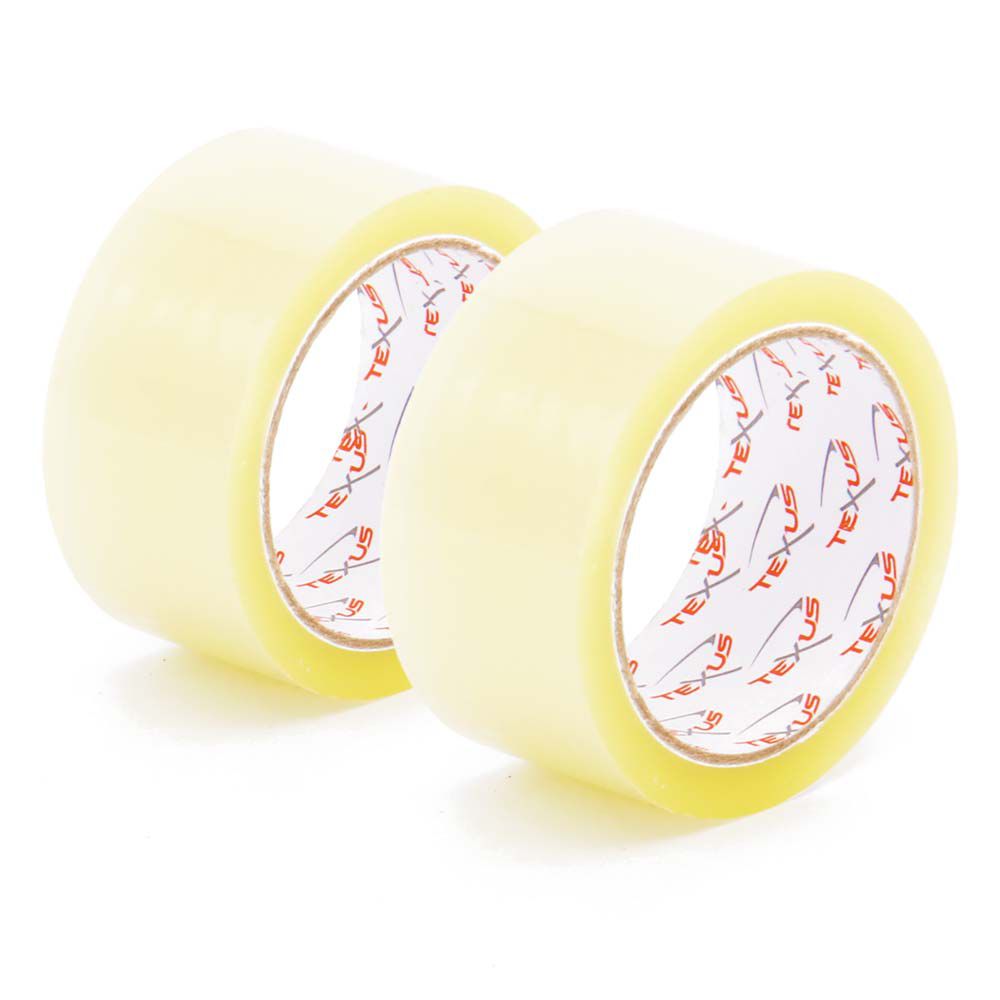
Recycled Plastic Tape
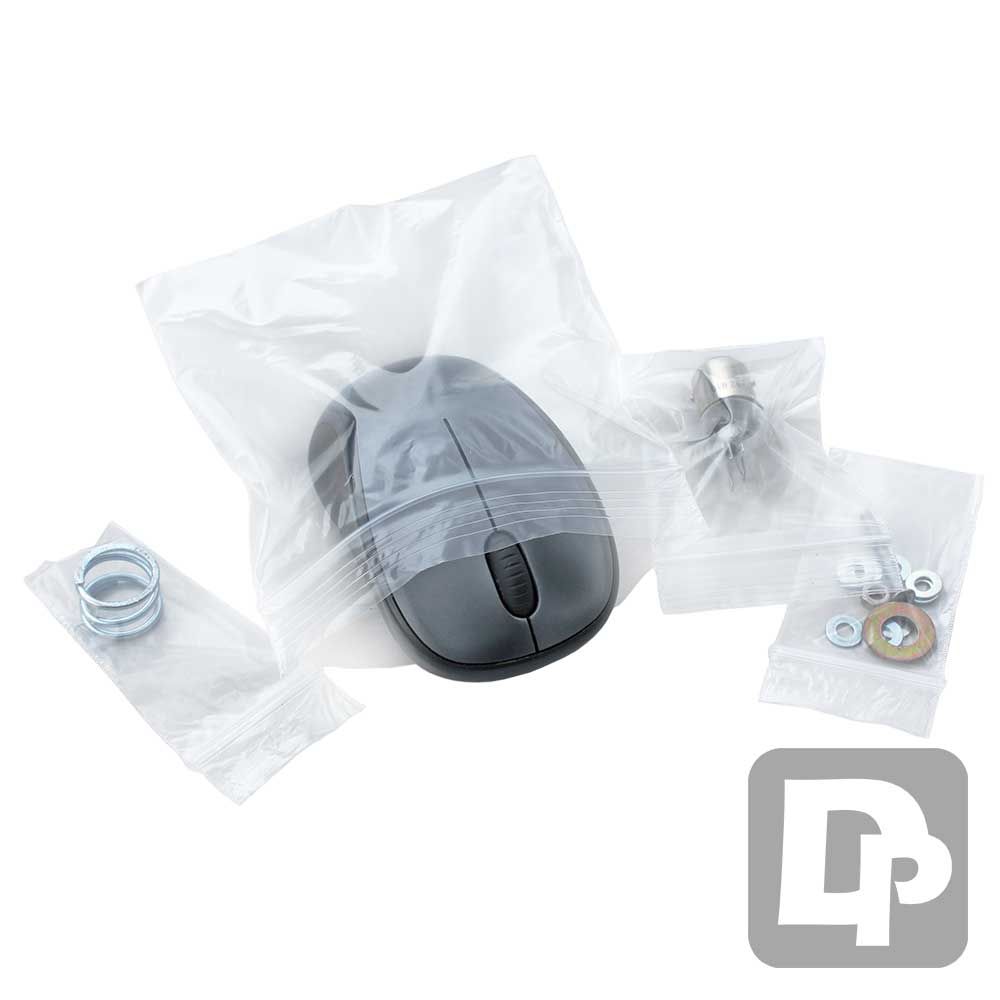
Recycled Gripseal Bags
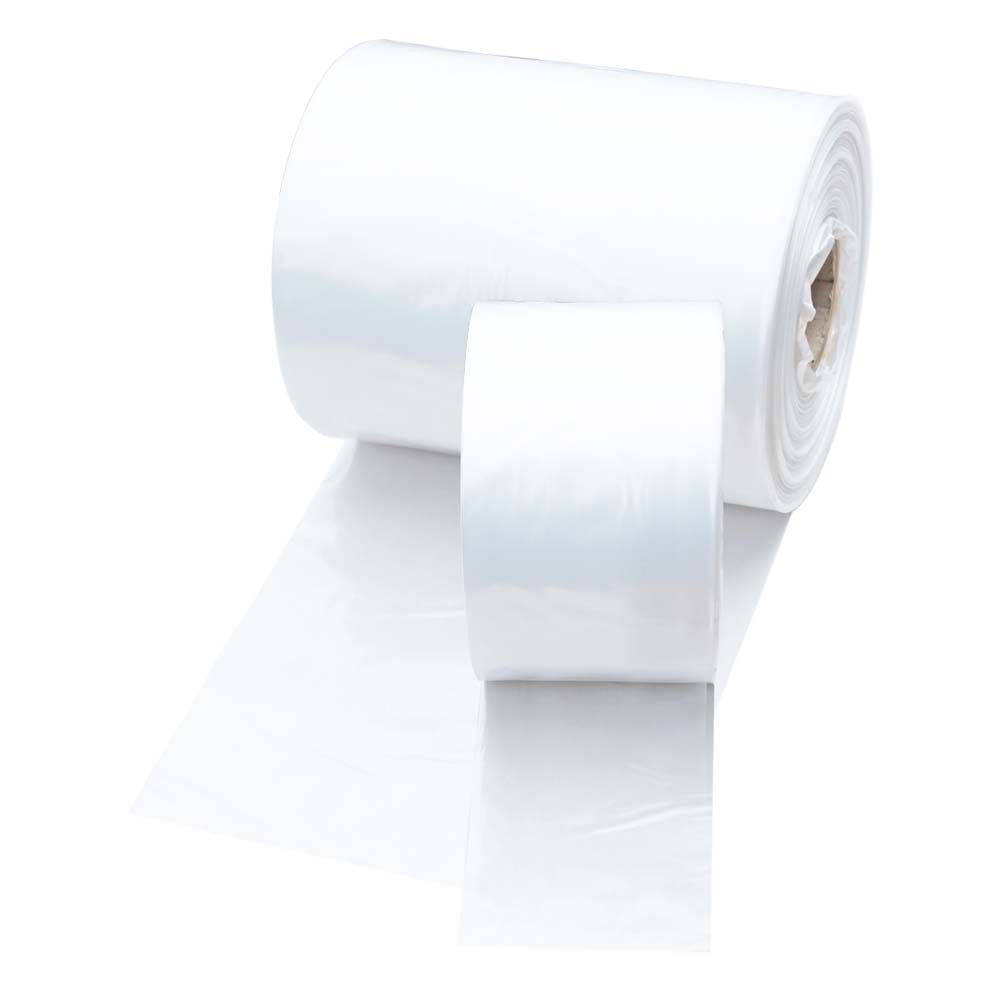
Recycled Layflat Tubing
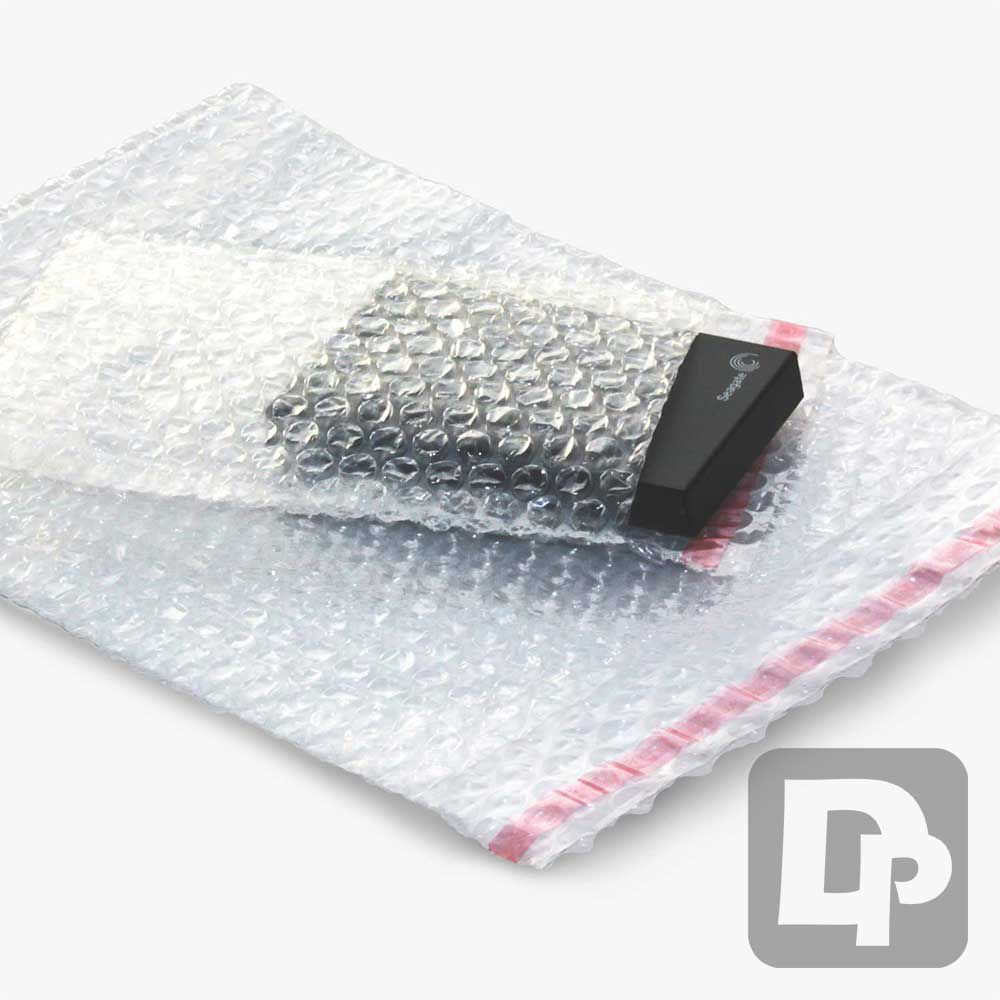
Recycled Bubble Bags
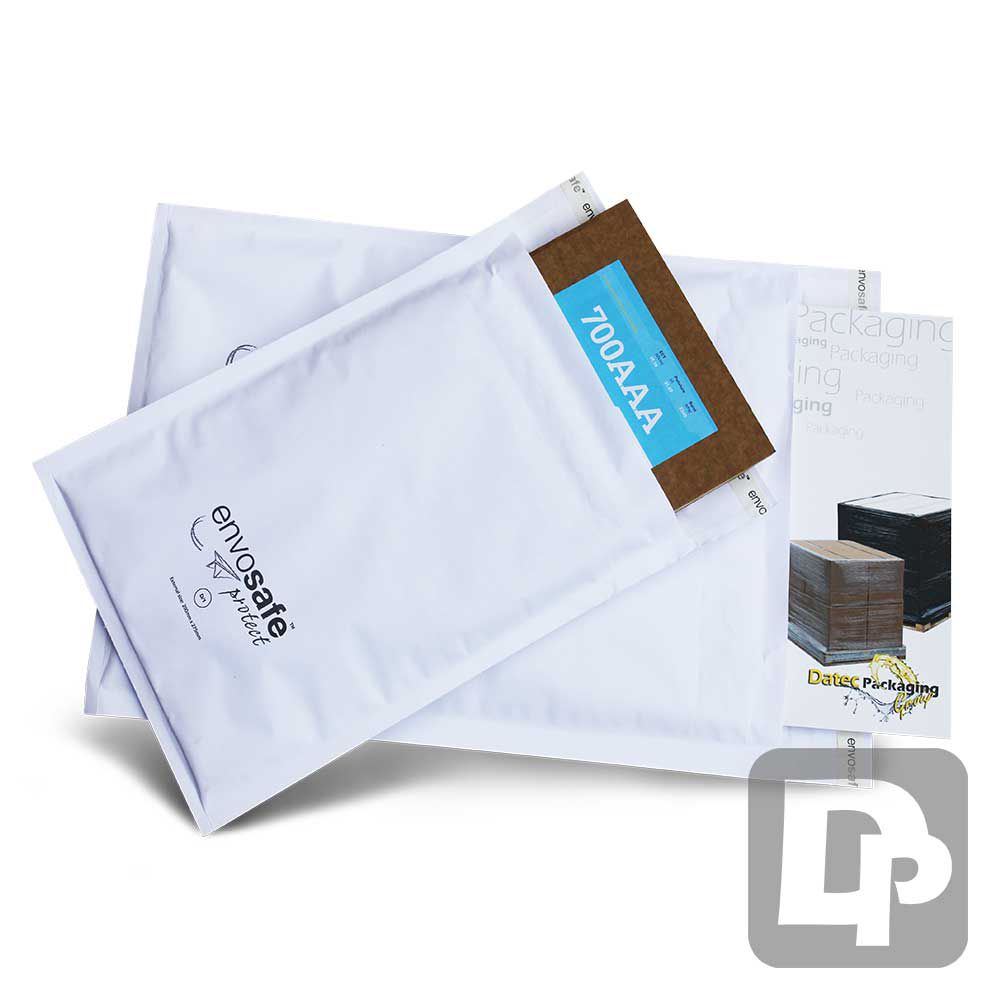
Recycled Bubble Lined Mailers
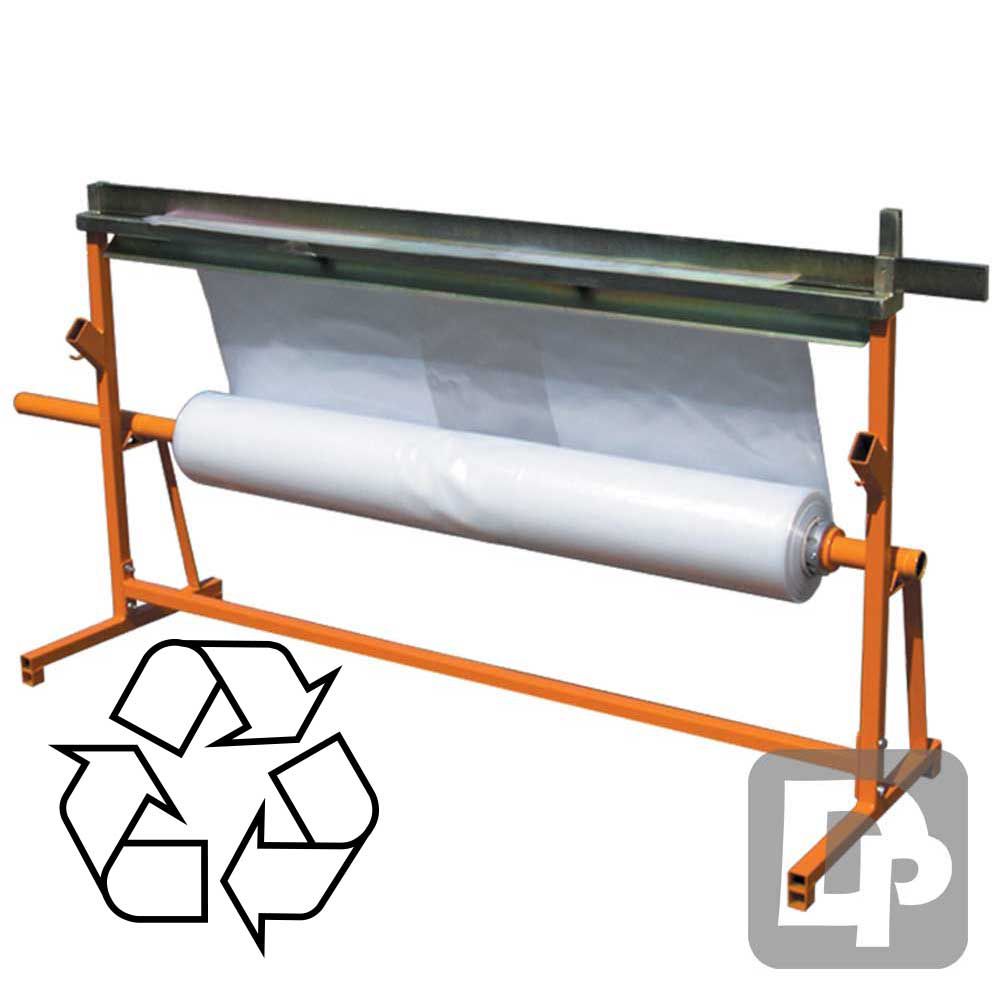
Recycled Heat Shrink Film

Recycled Poly Sheeting
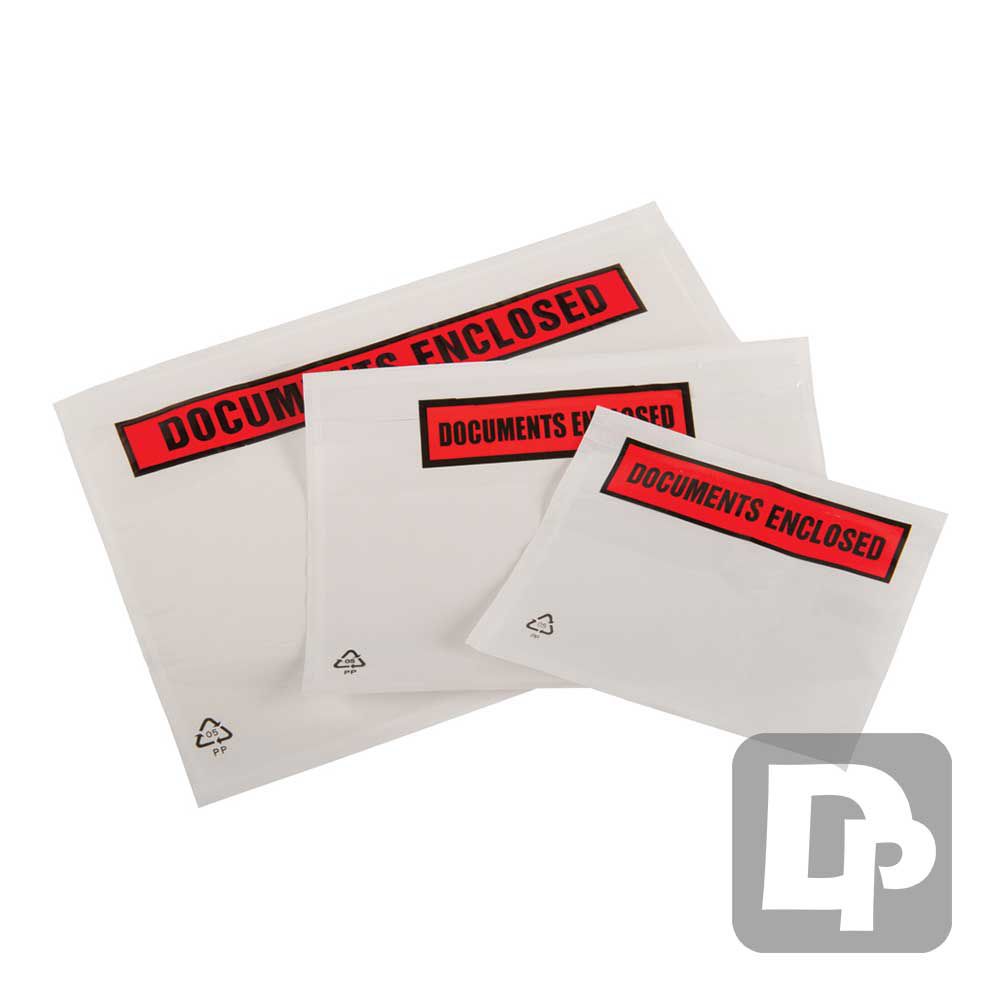
Recycled Documents Enclosed Envelopes
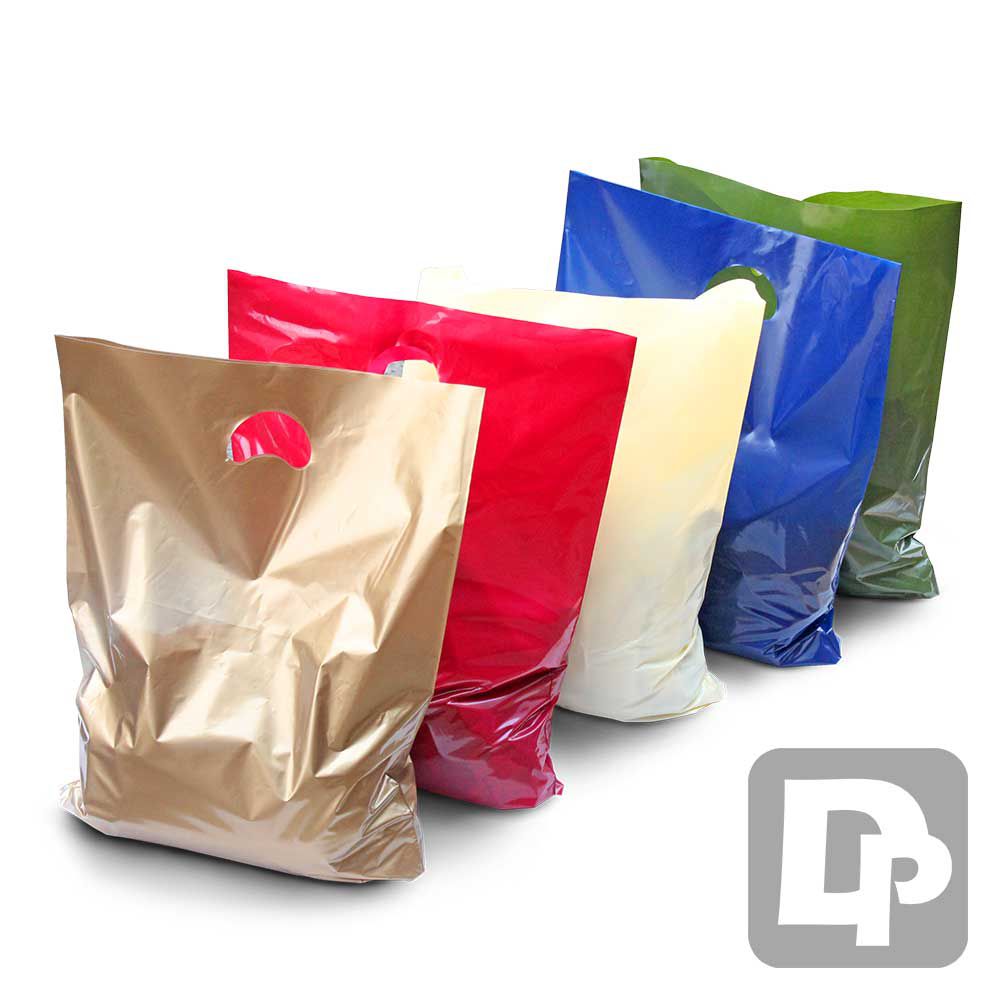
Recycled Carrier Bags
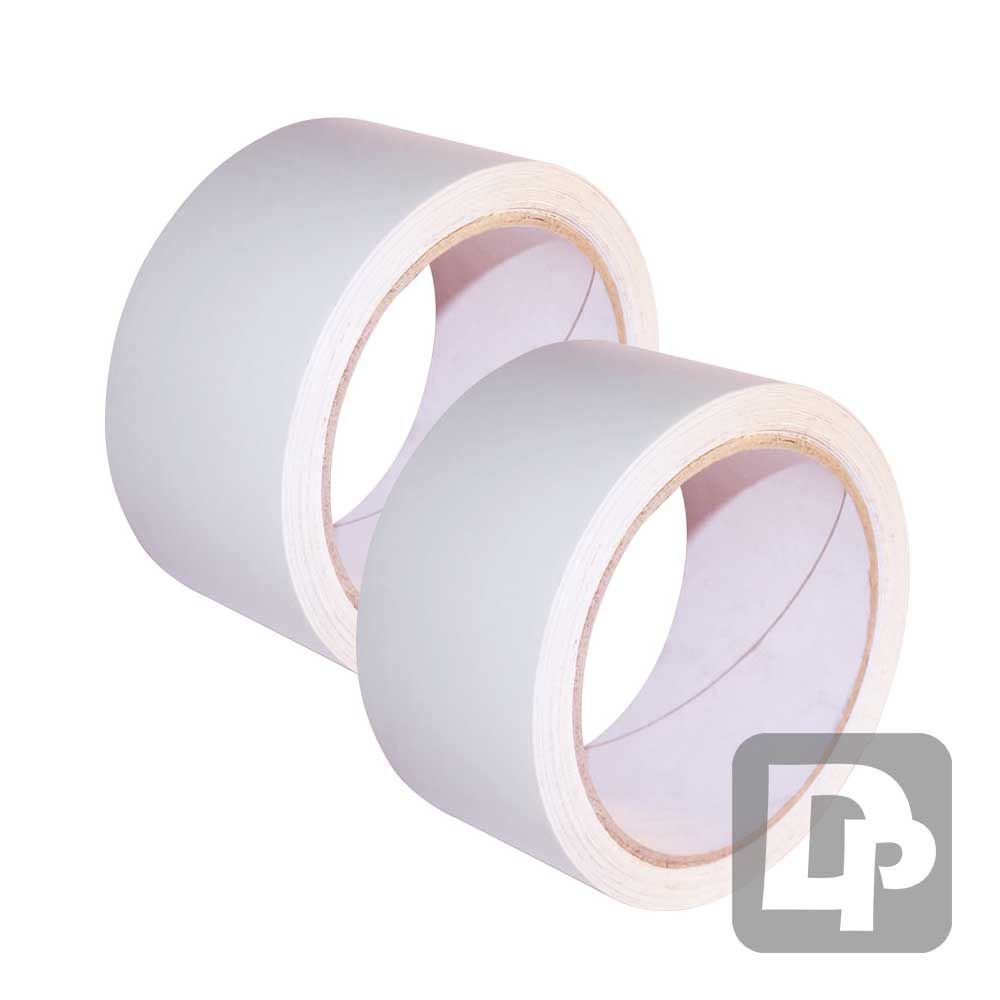
Recycled Low Tack Protection
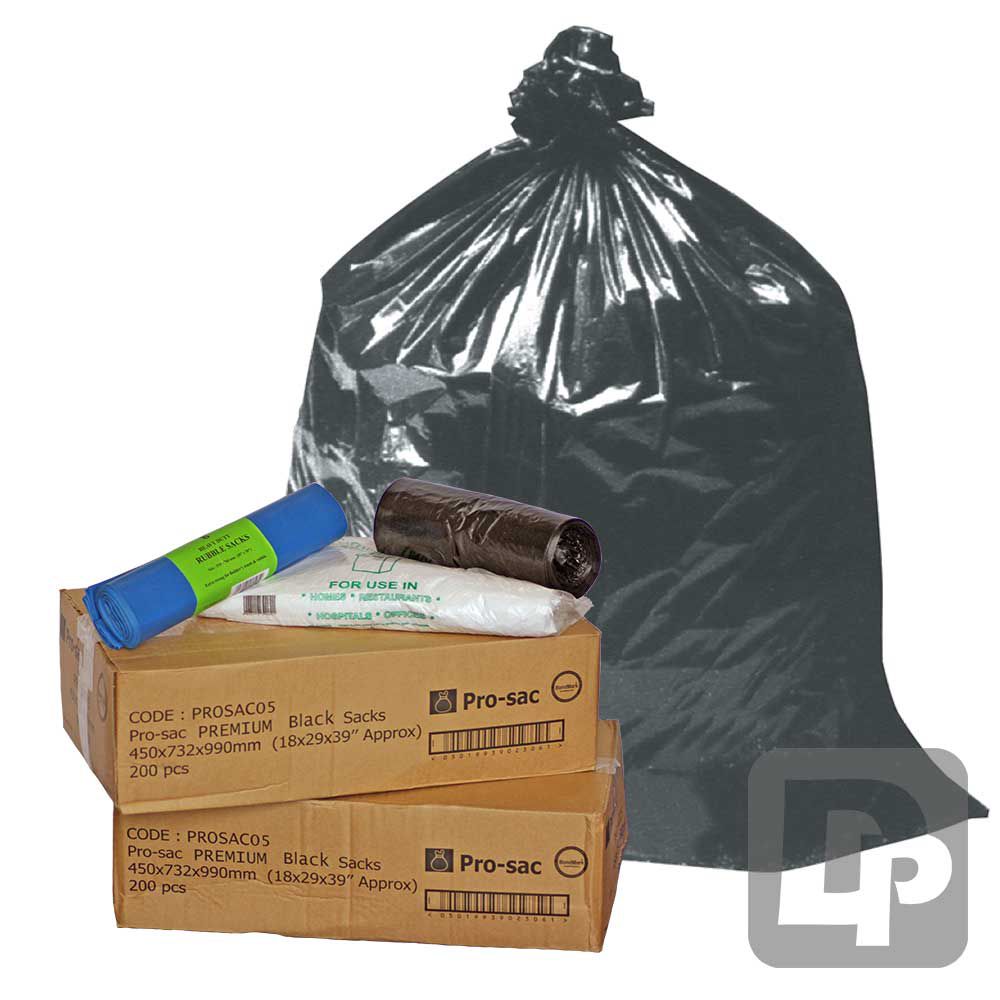
Recycled Refuse Sacks
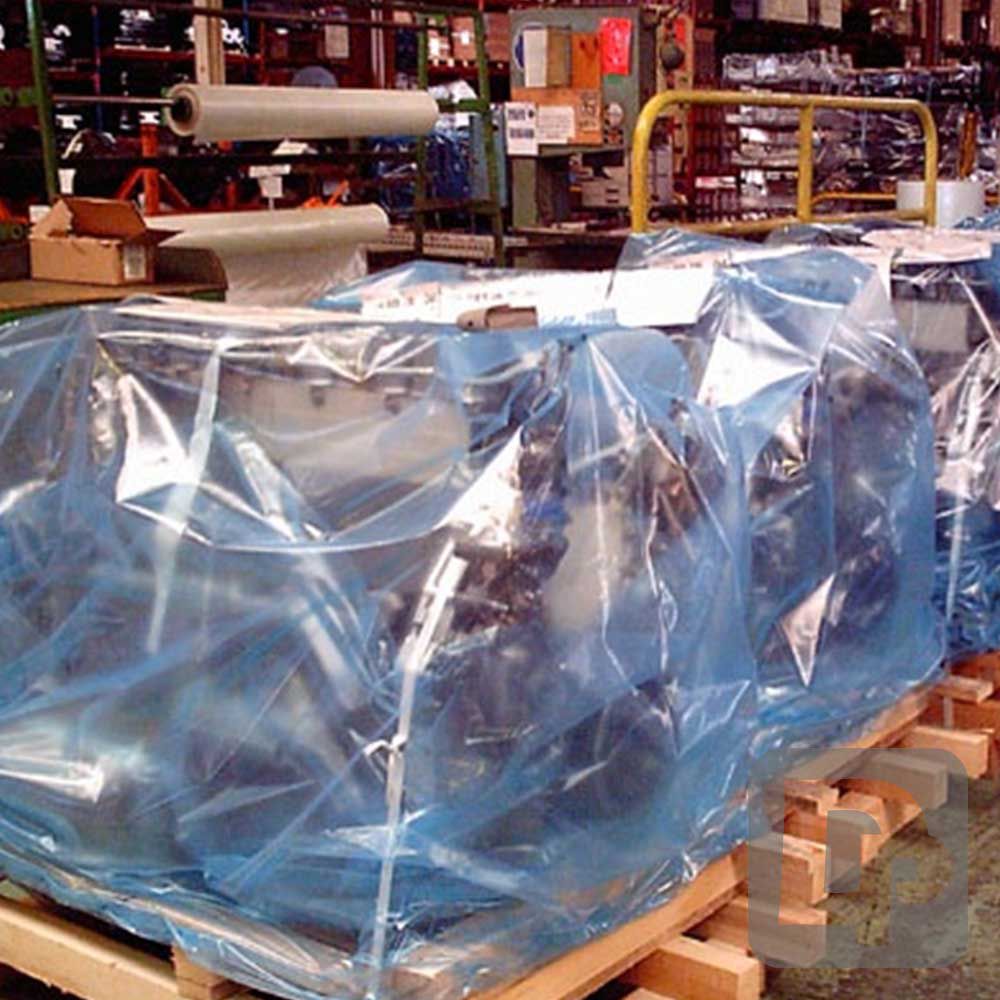
Recycled VCI Bags & Liners
What is the UK Plastic Packaging Tax?
The UK plastic packaging tax is a new tax on any single use plastic packaging that contains less than 30% recycled plastic content. The purpose of the tax is to encourage the production and use of recycled plastic packaging, and divert more plastics away from landfill, as well as reducing the amount of virgin (new) plastics used. It is a £200 per ton (20p per kg) tax that is paid by any manufacturer or importer of single use plastic packaging, which equates to an additional cost of up to 17% depending on the type of plastic the packaging is made from. As this tax is only applicable to plastic packaging with less than 30% recycled content, many single use packaging manufacturers are introducing a minimum of 30% recycled plastic into the material their products are made from.How is Plastic Packaging Recycled?
Plastic packaging is recycled by sorting, cleaning, shredding, melting, and regranulating used plastic back into a form that can be reused by plastic extruders. After collection by plastic recycling schemes, plastic waste is first sorted into its different types. This stage is important because the different types of plastic have different properties, and often extrude at different temperatures and pressures. To ensure the best possible quality of recycled plastic each different type needs to be sorted correctly. After sorting the plastic is then cleaned to remove any contaminants and dirt. The more rigorous this process the better quality the final recycled plastic is. From here different plastics are treated slightly differently but in general they are shredded into small pieces that can be easily melted down. After being melted and mixed they are passed through several different sieving processes which removes any none plastic contaminants that haven't melted. After the last sieving process the molten plastic is moulded back into pellets that can be used by plastic extruders.What are the pros and cons of Recycled Plastic Packaging?
Weighing up whether you should use recycled plastic packaging is a bit of a difficult decision, there is no straightforward answer. While using recycled packaging is beneficial to the environment it also comes with its problems. Here we'll walk you through the pros and cons of recycled plastic packaging.
Pros
- Reduces waste plastic going to landfill
- Reduces the amount of virgin (new) plastic needed
- Reduces plastic waste
- Encourages more investment in recycling innovation
- Reduces costs by removing the plastic packaging tax.
Cons
- The more plastic is recycled the more its polymer chains get broken, resulting in lower performance plastics
- Recycled plastic introduces contaminants into the plastic, so can't be used for direct food contact
- It is more difficult to extrude, resulting in inconsistent film properties
- It can still retain additive properties making the final film inconsistent in quality
- It is darker in colour and often makes clear film look cloudy
- Products may have a slight odour
- There will be greater variations in quality between batches
